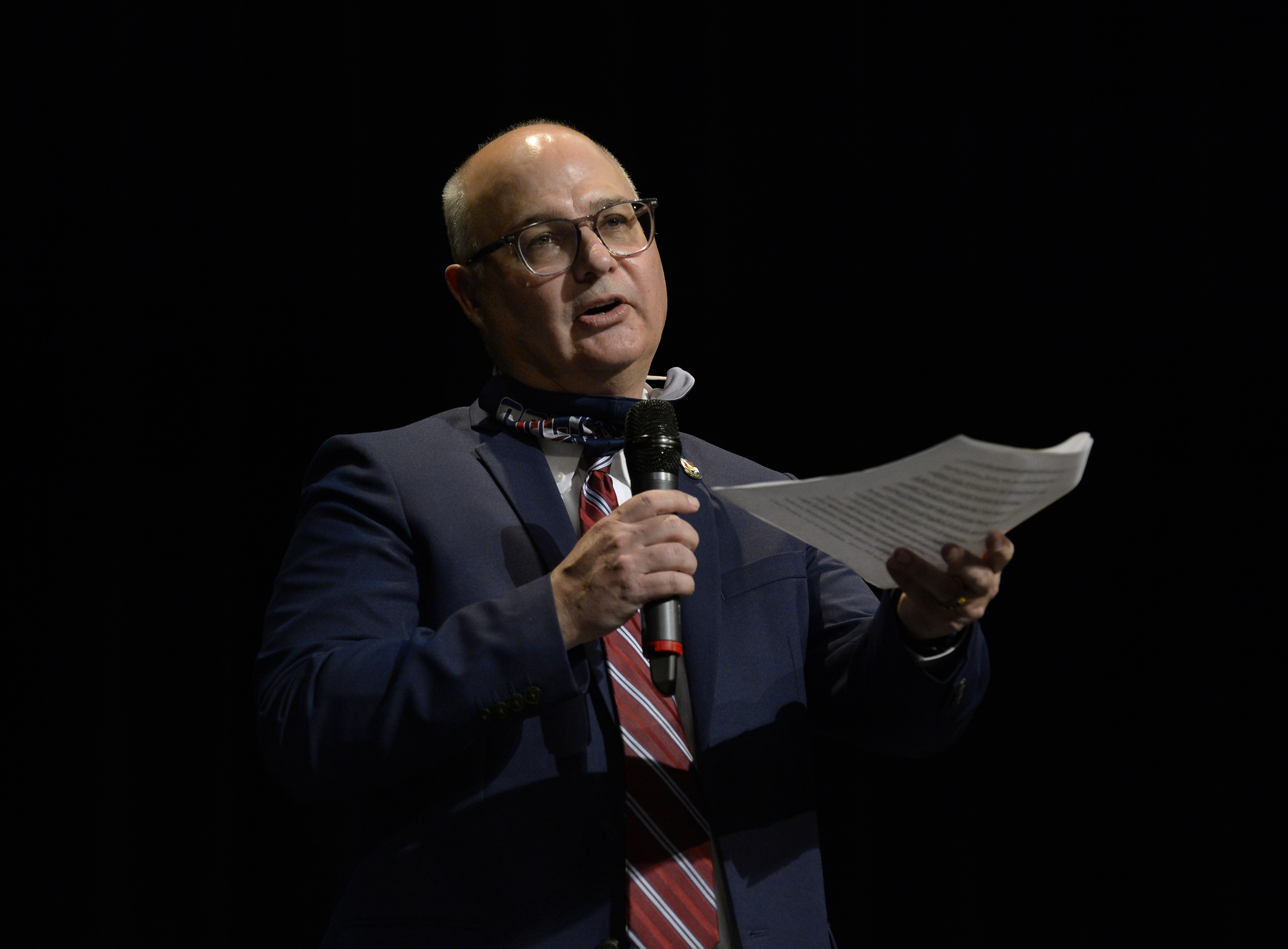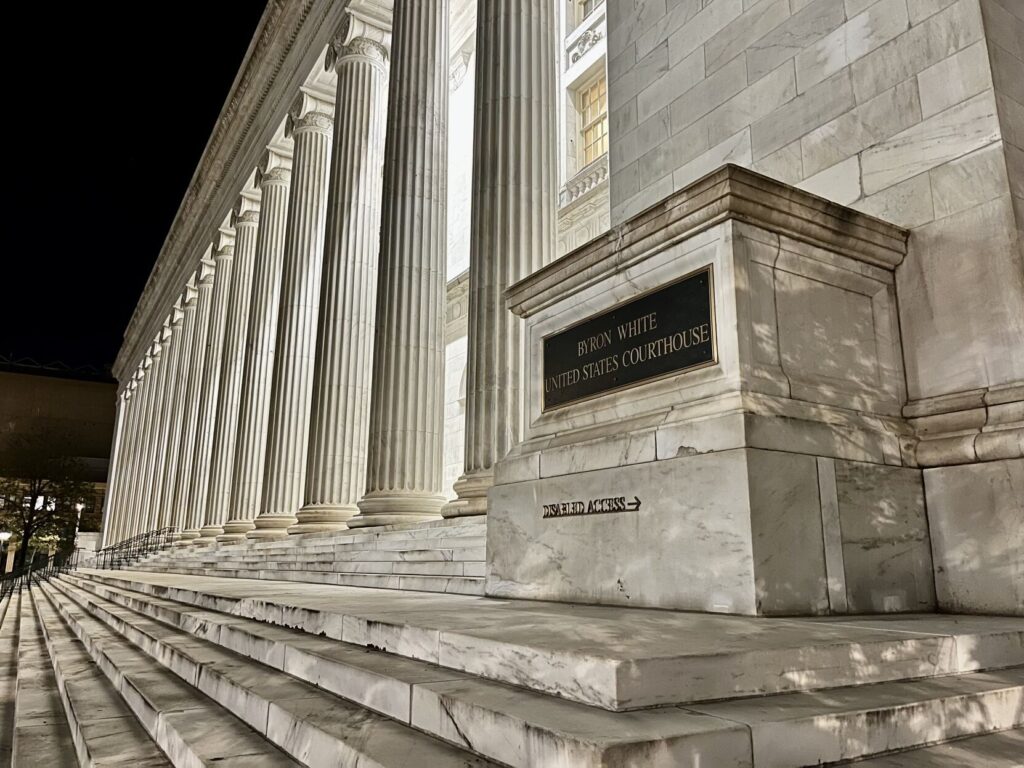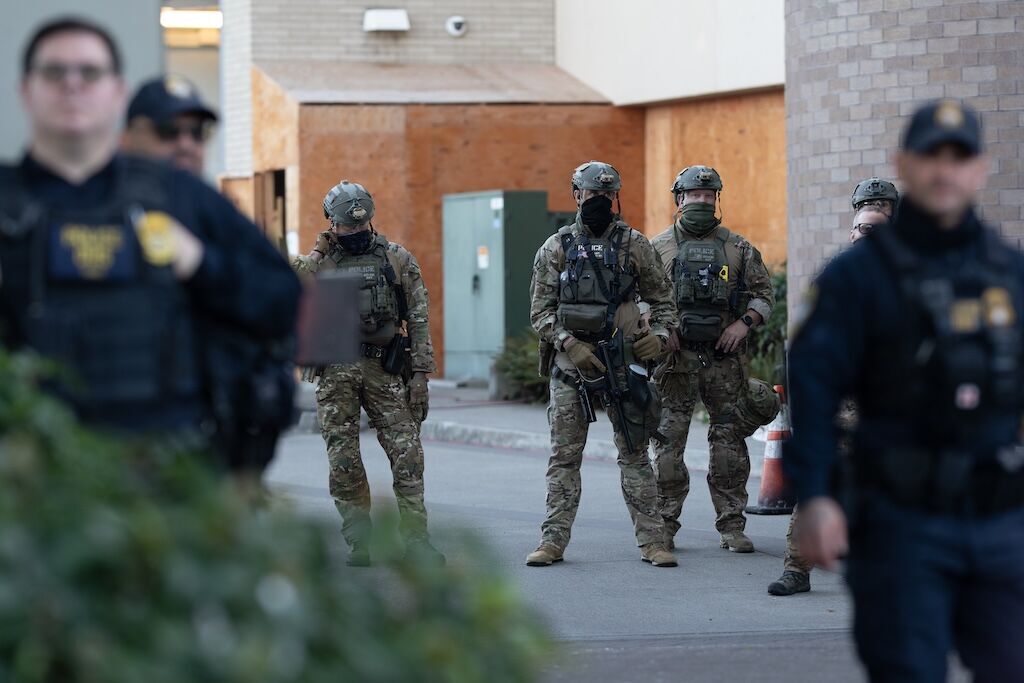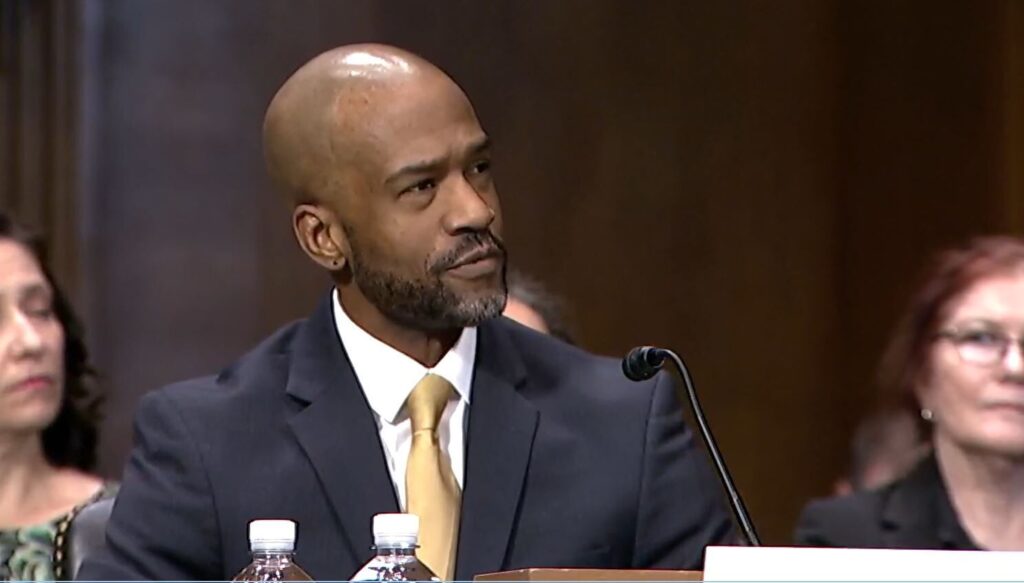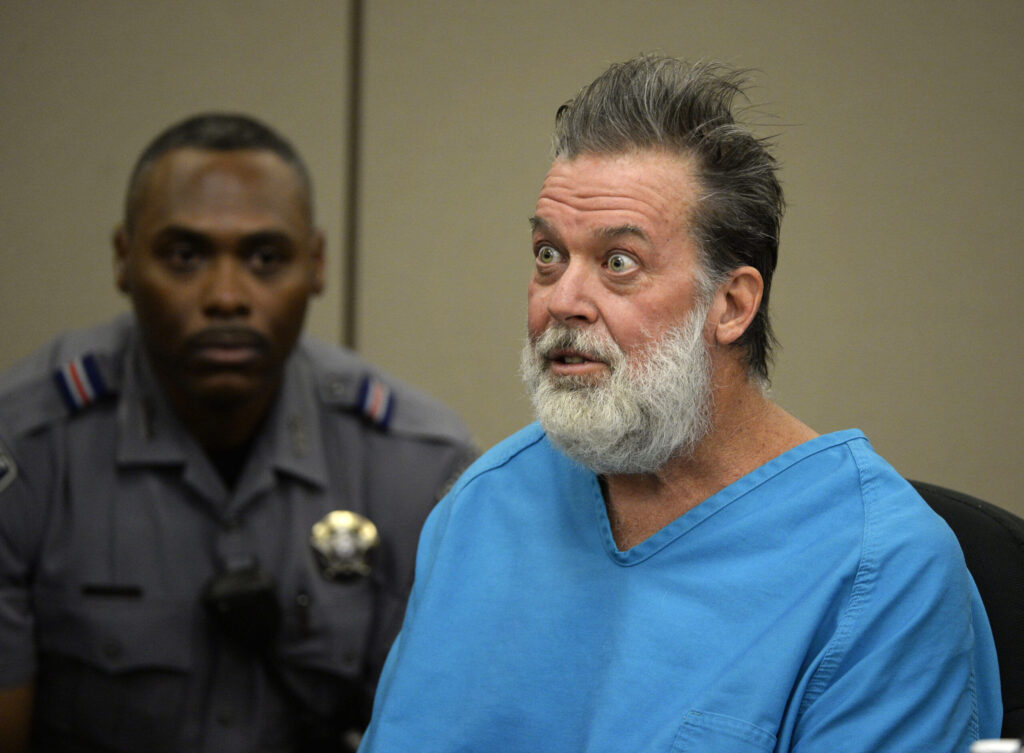Colorado Supreme Court releases official guidance for virtual proceedings, giving judges wide discretion

The Colorado Supreme Court on Tuesday released its official guidance for when trial judges should permit litigants, victims, witnesses and attorneys to attend proceedings virtually.
However, some members of the legal community warned that judges will continue to have too much discretion to allow or disallow remote participation.
The policy, known as a chief justice directive, followed the rapid shift to virtual court proceedings at the onset of the COVID-19 pandemic. In issuing the directive, the Supreme Court acknowledged that virtual hearings generally ease the burden of participating in the justice system, and setting “baseline” expectations would ensure the state’s 22 judicial districts continue to allow remote participation with some degree of uniformity.
“I believe it increases statewide consistency in operations, while allowing the judicial districts and trial court judicial officers to maintain discretion over decorum in their courtrooms,” said Chief Justice Brian D. Boatright in a statement.
Yet, some advocates for virtual participation saw the emphasis on discretion as a means of kneecapping the policy’s effectiveness and enabling judges to deny valid requests for remote appearances.
“There are many barriers to in-person participation – including lack of childcare, employment obligations and limited transportation – that might render it impossible for someone to participate in person,” said Jack Regenbogen, deputy executive director of the Colorado Poverty Law Project. “These challenges can be particularly tough to overcome for court users with lower incomes, who are in the best position to determine how they are most appropriately able to participate in a court proceeding.”
Elisa Overall, executive director of the Colorado Access to Justice Commission, was specifically critical of the directive’s statement that judges “need not make express findings” when deciding whether to grant or deny remote participation.
“The fact that there’s no teeth makes this a little bit of a waste of time because what we need is uniformity,” she said. “Not whimsical idiosyncrasy of judges.”
Earlier this year, the Supreme Court took the unusual step of making the draft chief justice directive available for public comment, allowing only two weeks for people to submit their input. The court received approximately 100 responses, many of which supported virtual participation in court proceedings as an access-to-justice issue.
“Form a public policy standpoint, defendants are more successful in their rehabilitation when they miss less work, battle with fewer transportation barriers, and lead a more productive life,” wrote criminal defense attorney Alex Monk.
“MOST Victims I work with do NOT want to be in the same room with their abuser,” added court advocate Nancy Fryer, who works in Archuleta County.
The Supreme Court also received comments from judges and lawyers who believed virtual hearings compromise the dignity of the courtroom.
“Running a virtual courtroom has become the worst part of my job, and I am currently shifting back to in-person appearances for all but a select few proceedings,” warned Park County Court Judge Brian Green.
James P. Houtsma, a prosecutor in Adams and Broomfield counties, insisted that accused defendants should generally be required to appear in person, asking: “Why make it harder on judges and victims for the benefit of criminals.”
The chief justice directive adopted on June 20 includes several changes from the initial draft. The policy clarified that trials of any type, criminal arraignments and certain other proceedings are presumed to be in person. On the other hand, several types of hearings, including for people seeking temporary restraining orders, allow remote participation by default.
When judges consider whether “good cause” exists to allow virtual attendance, they must consider factors like the monetary and transportation hurdles to appearing in person, the length of the proceeding and the complexity of the case. The directive as adopted also considers “bandwidth limitations” for language interpreters and the parties’ access to child care.
Rose Mary Zapor, a lawyer who represents elderly clients, supported some of the revisions, but still has concerns about the ability of virtual proceedings to accommodate deaf and deafblind people.
“While there are some translation services online, it’s not the same. It’s just not,” she said. “The communication styles in American Sign Language depend on body movement and body language.”
Mark Cohen, a Boulder-based civil attorney who commented on the draft, was pleased the final directive included additional factors for judges to consider in granting remote appearances, and believed the policy will provide “some uniformity throughout Colorado.”
However, Overall, the head of the Access to Justice Commission, pointed to recent commentary from Boatright in a legal publication, in which he repeatedly acknowledged the “discretion” trial judges must have to authorize the use of technology. Boatright also referenced his “conversations with attorneys and judges” on the subject of virtual proceedings.
“I simply think it’s the wrong audience,” Overall said, noting that barely any comments on the draft directive came from those not connected to the legal profession. “It’s not about judges. It’s not about lawyers. It’s about people.”
She believed the directive’s wide berth for judges to allow or disallow virtual appearances missed a key opportunity: “Peer pressure, and saying unequivocally, ‘This is what we expect from you. This is your job.'”
Recently, the Supreme Court also issued a chief justice directive that set standards for live streaming criminal proceedings. The legislature subsequently enacted a more expansive mandate that takes effect in September.
